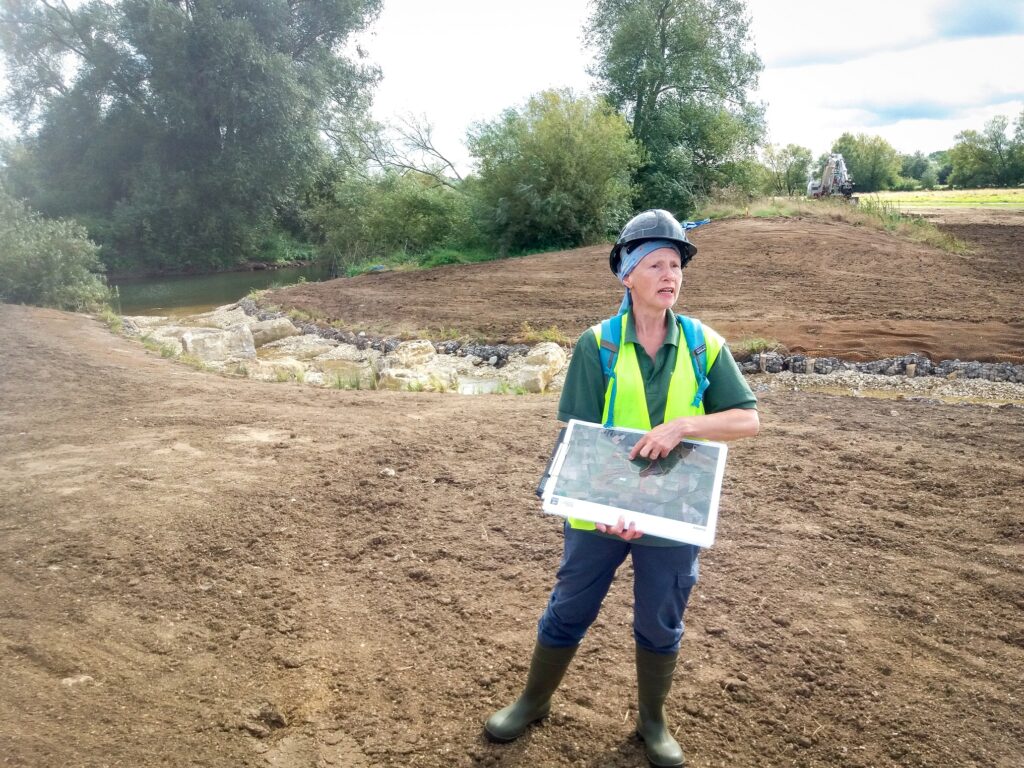A ground-breaking project created by BBOWT, (Berkshire, Buckinghamshire & Oxfordshire Wildlife Trust) to create a new channel of the River Thames and restore long-lost wildlife habitat, has been completed.
The 450-metre watercourse at Chimney Meadows nature reserve near Bampton, bypasses a manmade weir and will enable fish to swim along a 30km stretch of the Thames, and spawn for the first time in more than a century.
Created by BBOWT in a £2 million project at its flagship nature reserve. The channel is already populated with native fish, birds and mammals.
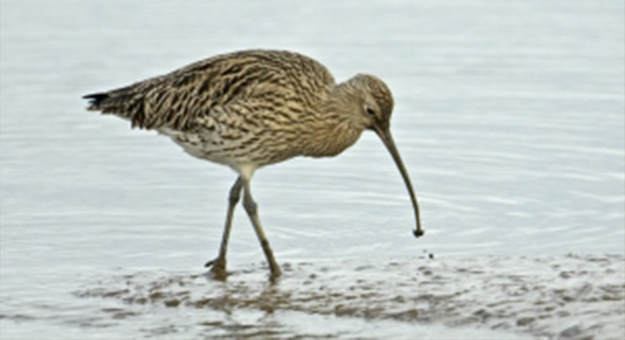
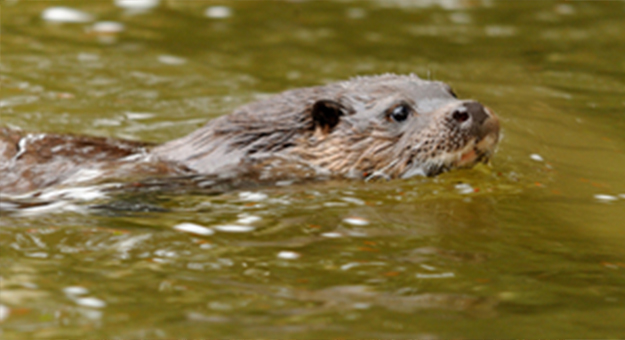
Working with the Environment Agency, the trust also created shallow temporary pools called scrapes near the channel. The project has re-established a naturally functioning floodplain habitat. Which was once common across the UK, but was destroyed as rivers were straightened, land was drained and connection with floodplain was lost.
This wetland is now able to store floodwater for longer, helping to protect homes and land from flooding. Predicted to worsen as a result of climate change. The trust is also working in partnership with Bangor University and the EA. Who are undertaking research to demonstrate that active floodplains can store carbon and be part of the solution to the climate crisis.
Estelle Bailey, BBOWT’s chief executive, said: “This project is an amazing achievement for restoring vital habitats for wildlife, to move freely while tackling climate change. Our mission as a trust is to put nature into recovery. We want to see 30% of land in our three counties properly managed for wildlife by 2030. This is a golden piece of that wild jigsaw puzzle. We know we cannot tackle climate change without restoring nature. This project is a shining example to the whole world of how we can achieve that by working together to bring wildlife back.”
‘This is a golden piece of that wild jigsaw puzzle‘
The two-year project was funded by a £2 million Water Environment Grant. From the EU’s European Agricultural Fund for Rural Development (EAFRD). The project was managed by environmental consultancy JCTR, designed by environmental engineering consultancy Atkins, and main contractor on site was Hampshire-based FiveRivers. Which delivered all the environmental, wetland and improvement works.
One of the central aims of the work was to create a channel that would bypass Shifford Weir. A structure has existed at this site since the 1890s. When a new ‘short cut’ channel was dug to connect two parts of the Thames and enable easier transportation of wool from the Cotswolds to London. Shifford Weir is owned and operated by the EA and helps with the navigability and flood risk management of the Thames. But blocks the movement of fish. This is one of the reasons that, in recent years, the river environments in the area have been classified as having poor ecological status.
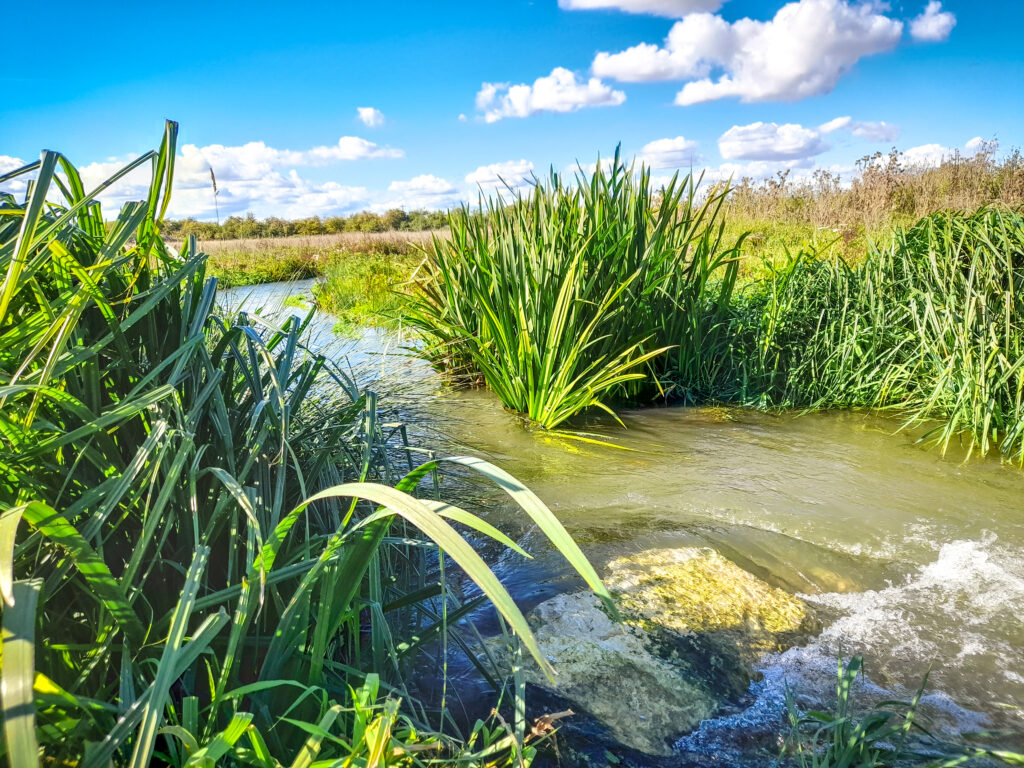
The new channel, in combination with a new rock pool fish pass at Duxford Ford, will allow fish to pass some of the last remaining barriers on the Upper Thames. Fish will now be able to freely swim around the Duxford Loop of the river. Even during low water levels, to access some 30km of Thames between Eynsham and Radcot, including 2.1km of potentially good spawning habitat. Crucially, this helps populations of native species including barbel, chub and dace to be far more resilient to environmental change such as hotter, drier summers, and to pollution events.
The new scrapes around the channel will help the nature reserve’s curlew. An iconic wading bird with a distinctive downward-curved beak that is in national decline. The curlew is an indicator of the wider health of the wetland. But they need wet pools to feed on aquatic insects and longer grass, in which to nest and hide from predators. Both have now been restored.
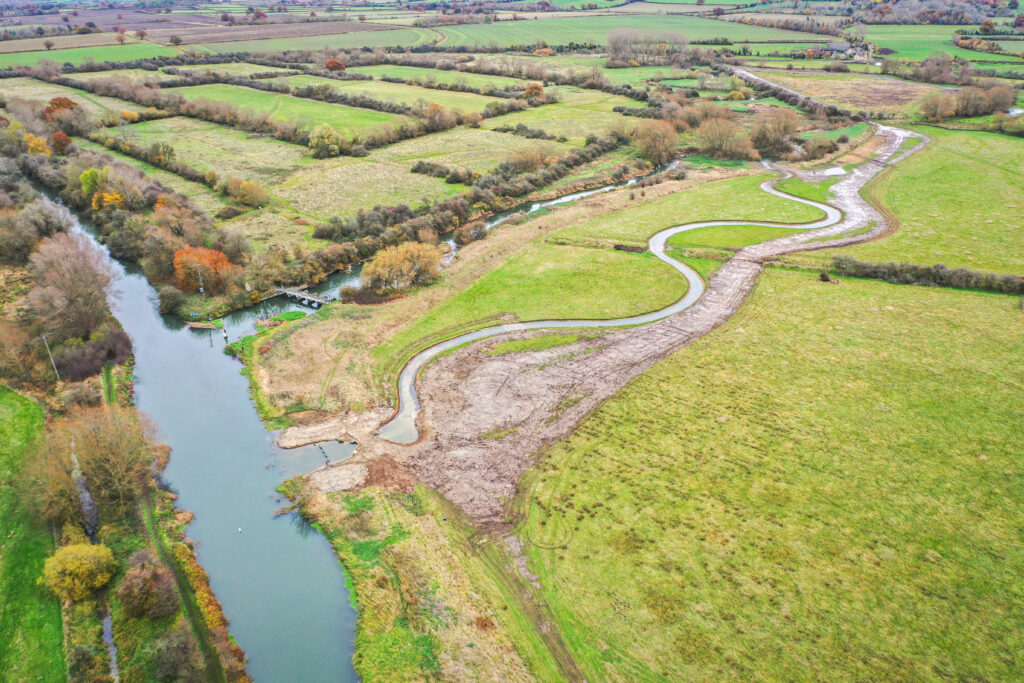
The project has also attached ‘baffles’ to Great Brook Ford which will further help fish to swim upstream, and planted new, native wet woodland around Duxford Ford. With hundreds of willow, alder, birch and hawthorn trees.
The entire project was overseen by BBOWT Living Landscape Manager for the Upper Thames, Lisa Lane. Despite the fact that she was diagnosed with breast cancer in the middle of the work. Lisa said: “It was really challenging to make this project happen for many reasons. It came close to failing a few times. Lizzie Rhymes at the Environment Agency has been a great support in particular, since we first discussed helping fish over or around the various barriers in the river back in 2010! I can’t wait to show people what we have achieved.”
